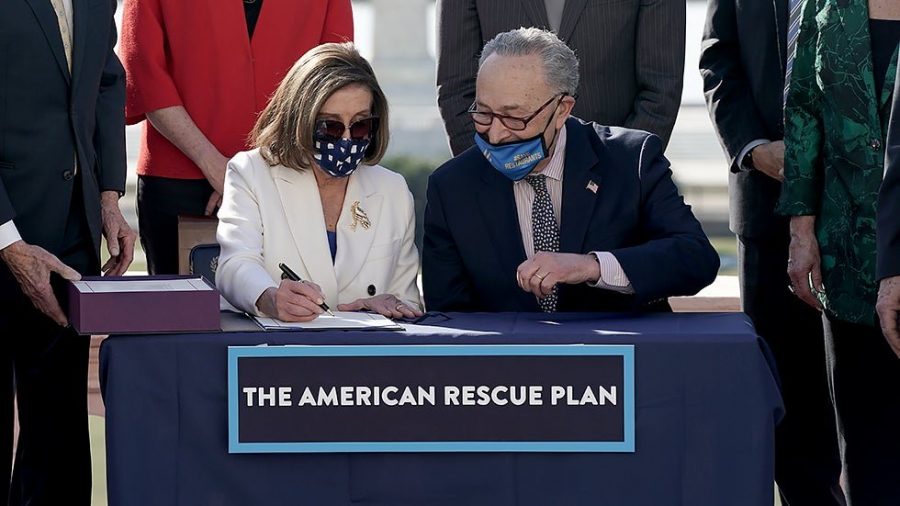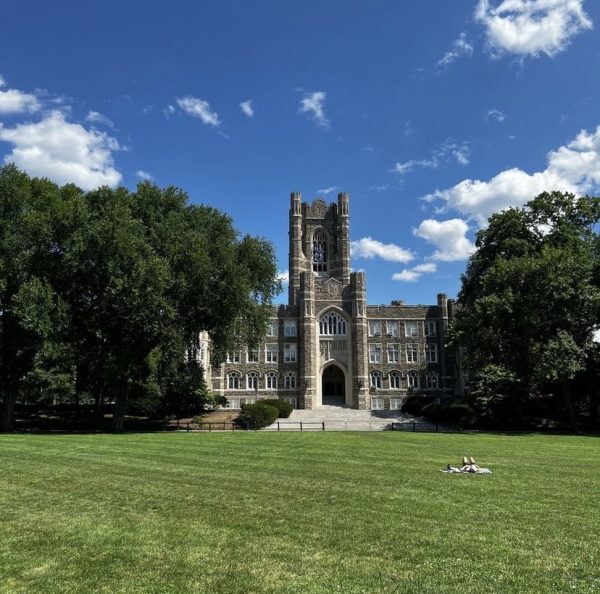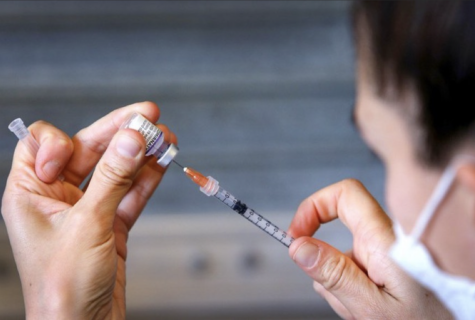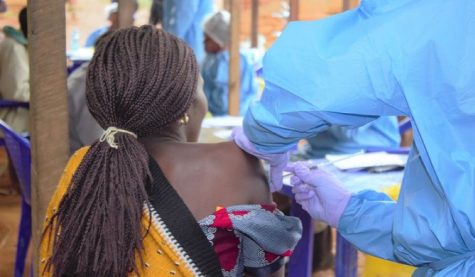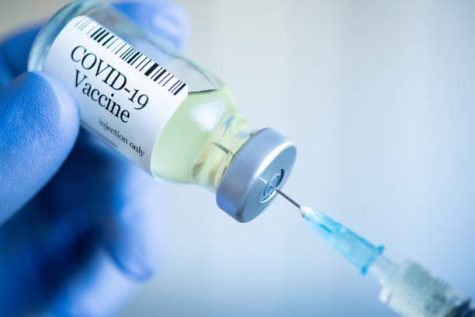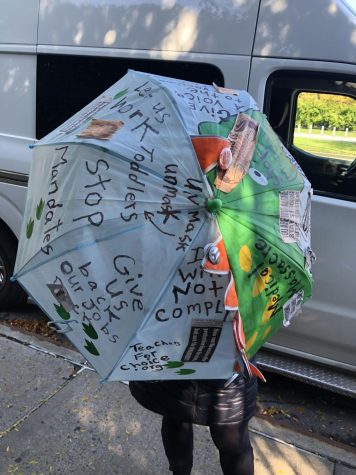The American Rescue Plan: More Than Just Stimulus Checks
The stimulus package, also known as the American Rescue Plan that passed in the House on March 10, 2021, grants millions of Americans relief as they recover from the economic repercussions of the COVID-19 pandemic. While most citizens believe the stimulus is helpful, others think it is misguided. Some argue that the package is too excessive, granting assistance to those who do not need it. Those against the stimulus package argue that most Americans simply save the money rather than use it — since it is not targeted to those who genuinely need assistance, it does not help the economy as a whole. Most of the arguments against the stimulus package surround the distribution of $1,400 checks, but there is much more to the package, making it well-rounded and helpful. The stimulus package is a necessary step that government officials needed to take in order to prevent any further economic disasters from plaguing the American public.
Unemployment benefits are just one of the significant benefits of the stimulus package. A weekly $300 benefit in addition to existing unemployment benefits and a $10,000 tax break on unemployment benefits has been extended until Sept. 6, 2021.
As many face unemployment, the bill also offers housing provisions, granting $20 billion for rental assistance and $10 billion for mortgage assistance.
Both the unemployment benefits and housing assistance offer direct complements to the economic impact payments, striving to help those who may have lost jobs during the pandemic and are struggling to find new ones as unemployment rises. Adult dependents, such as college students, may receive the third stimulus check of $1,400 dependent on parental income.
Another major aspect of the stimulus package is the child tax credit. Most Americans will receive $3,000 a year for children aged six to 17 and $3,600 for children under six years old, distributed periodically for one year. Schools were also included in the bill, granting around $130 billion to K-12 school reopening efforts and $3 billion for students with disabilities.
Furthermore, higher education institutions are eligible to receive $40 billion, and private schools can receive $2.75 billion. The bill focuses on reopening American schools and preventing future educational gaps that resulted from intermittent school closings and virtual learning. The focus on education in the stimulus package is an essential one; without striving to get schools back on track, we further stall students’ learning, allowing for future repercussions.
The distribution of funds to organizations that focus on humanitarian needs is especially important during the pandemic. In addition to financially assisting individuals and families, the stimulus package offers $510 million for a Federal Emergency Management Agency (FEMA) program called the Emergency Food and Shelter Program. This program supports organizations that assist the homeless and various institutions in need, such as food pantries, overnight shelters, one-month utility, rent or mortgage payments. This is especially important considering the increase in food insecurity due to the pandemic.
Additionally, the stimulus package aims to assist communities as they reopen, boosting the community as more services become available to the public. The National Endowment for the Arts and National Endowment for the Humanities received $135 million each, whereas the Corporation for Public Broadcasting received $175 million.
Local governments received funds for vaccine distribution and COVID-19 testing and tracing, as well as for infrastructure updates and tax cuts or rebates.
Small business owners, specifically restaurant owners, have $28.6 billion in grants.
These parts of the stimulus package are less well-known than the stimulus checks, but they are nonetheless important for reopening our communities. They include integral parts of community safety, such as funding for vaccine distribution, while also providing suffering industries with relief aid, such as restaurants. Recently, restaurants have begun to operate indoors, reaching 100% capacity in Connecticut, 75% in New York City and 50% in New Jersey. While these are key signs of things getting back to “normal,” we still have a lot of work to be done before the country safely and completely reopens.
Ensuring that the American public can get back on their feet after the pandemic subsides is what the American Rescue Plan intends to do, and it does this well. It includes more people in its plan, such as college students, and caters to different sectors of society, including the arts and education. While we do not know when the end of the pandemic will come, these new government provisions offer key assistance to the country’s recovery, ensuring that we can have a smoother transition back to normal.
Tina Savvaides, FCRH ’22, is a chemistry and theology major from Norwalk, Conn.



































































































































































































